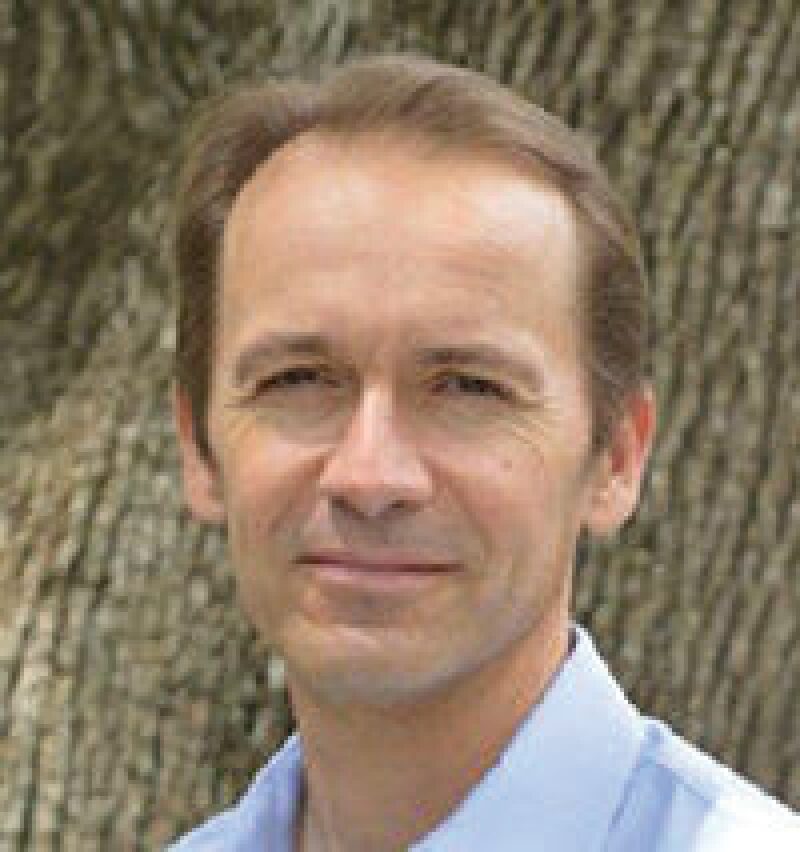With the arrival and development of rotary steerable systems (RSSs) in the late 1990s, the industry thought that drilling a perfectly smooth and controlled trajectory would not be an issue anymore. Two decades later, we’re still talking about wellbore quality, especially when drilling these long and complex horizontal wells where wellbore quality is even more important. Whatever definition is accepted for wellbore quality and associated tortuosity, we all know that drilling a perfectly smooth and gauged borehole is key for many aspects—for example, weight-on-bit transfer, vibrations, equipment fatigue and failure, torque and drag, buckling, quality of cement bond, completion or casing running, quality of logging, artificial lift, wellbore placement, and production.
If the industry wants to drill 15,000-ft-and-greater lateral sections in the unconventional market, more attention should be focused on measuring and achieving wellbore quality. If it is well-accepted now that measuring inclination and azimuth every 100 ft or so is not enough, most of the time the actual hole size drilled is not known precisely because no caliper tool is generally run in the wellbore. This is a sector of the industry in which progress would be very valuable for drilling and completion optimization. One of the papers selected this month also illustrates that RSSs do not necessarily drill very smooth wellbores because tortuosity is inherent to the drilling process regardless of the directional system.
Measuring wellbore quality accurately has enabled RSS manufacturers to improve the steering mechanism of these tools significantly to reduce the level of tortuosity and drill smoother wellbores. Directional-drilling companies and drilling contractors also have seen the benefit of better control of the conventional steerable assembly by using more automation at the surface to steer the wellbore more consistently and eventually drill a smoother borehole. Drilling of longer laterals has led to a surge in the use of various downhole tools to remove friction and ledges/rugosities, which has highlighted evidence of sometimes poor wellbore quality.
Diverse oscillation tools are used almost systematically along the string to decrease drag by shaking the string, and reamers equipped with cutters are used along the bottomhole assembly to remove ledges and clean the wall of the wellbore.
Regardless of which technology is used, remember that good drilling practices and good knowledge of the rock to be drilled (and its interaction with the drilling fluid for better wellbore stability) contribute significantly to better wellbore quality.
Obviously, drilling a perfect and smooth wellbore might cost a little more by using this technology and optimization, but long-term savings should be guaranteed.
This Month's Technical Papers
Proposed Steering Mechanism Reduces Tortuosity in Horizontal Wells
Cuttings-Lag Distribution in Directional Wells Affects Depth Resolution of Mud Logging
Multiphase-Flow Simulation Helps Find Optimal Lateral Length for Best Production
Recommended Additional Reading
IADC/SPE 189612 Anticollision Best Practices Developed for Horizontal Drilling Across Pre-Existing Horizontal Wellbores by E. Britton, Sundance Energy, et al.
SPE 188509 Hydraulic Study of a Horizontal Well To Compare Dual Horizontal/Vertical vs. Single-Vertical Completion by Ahmed Alshmakhy, Abu Dhabi Company for Onshore Petroleum Operations, et al.
SPE 191850 Drilling a 3200-m-Lateral-Length Horizontal Well in the Vaca Muerta Formation by Jonatan Medina, YPF, et al.

| Stéphane Menand, SPE, is the president of DrillScan US, based in Houston. Previously, he held a research position at Mines ParisTech, from which he holds a PhD degree in drilling engineering. Menand has 19 years of experience in the oil and gas industry, mainly as a research-and-development project manager in drilling engineering, more specifically in directional drilling, drillstring mechanics (torque, drag, and buckling), drilling dynamics, and drill-bit performance. He has authored or coauthored more than 25 SPE papers and other technical papers and holds several patents. Menand serves on the JPT Editorial Committee and is an associate editor for SPE Drilling & Completions. He can be reached at stephane.menand@drillscan.com. |

